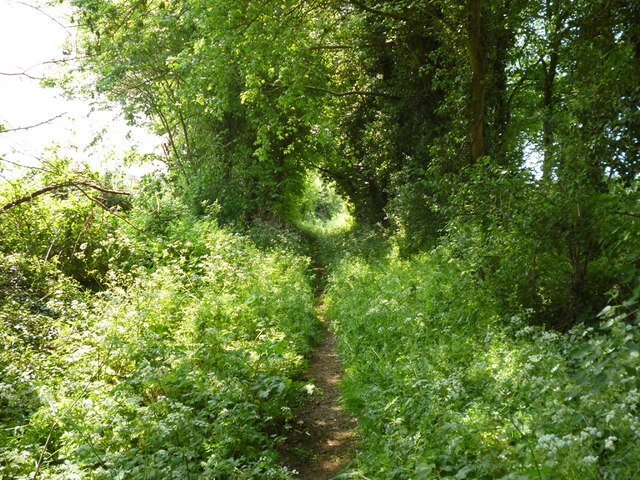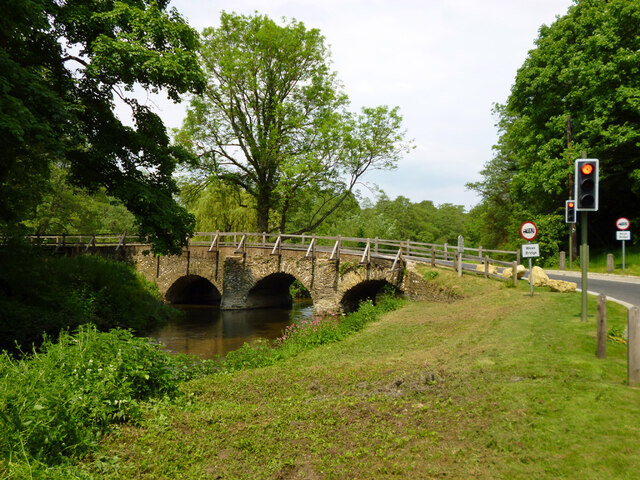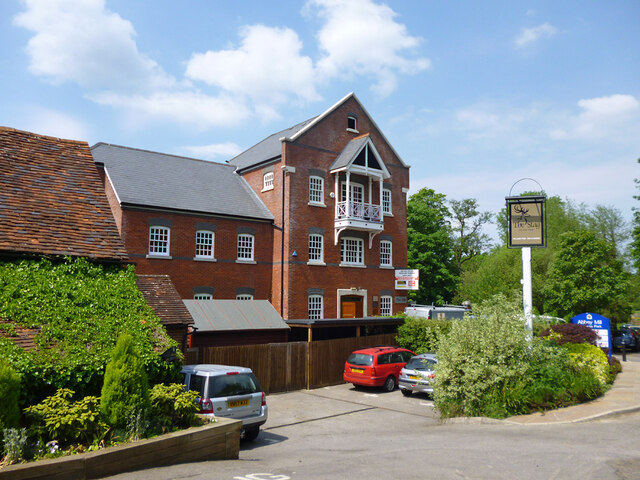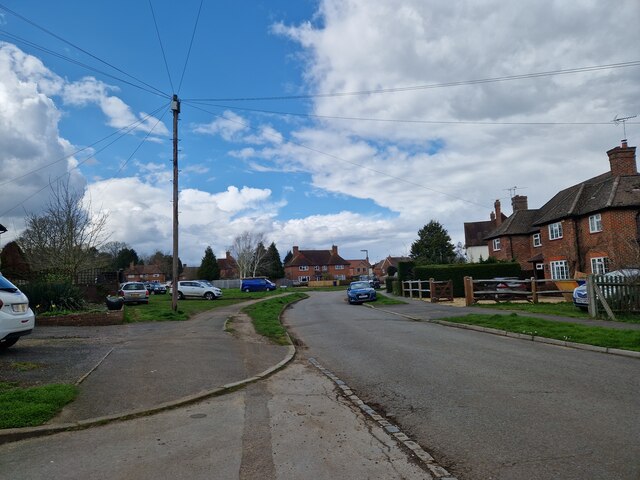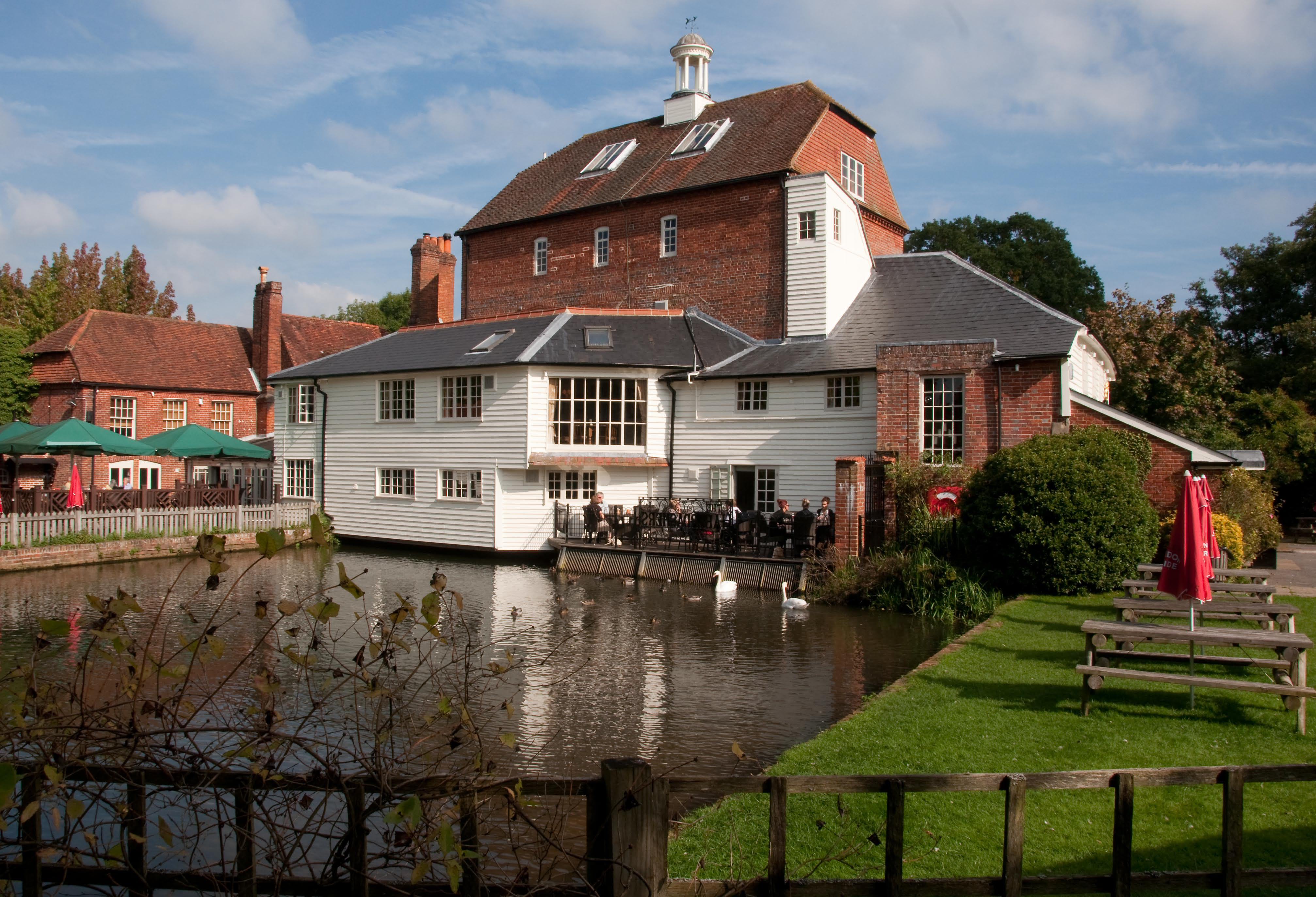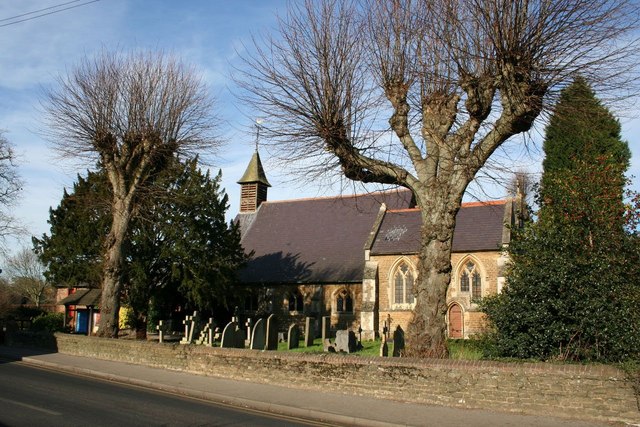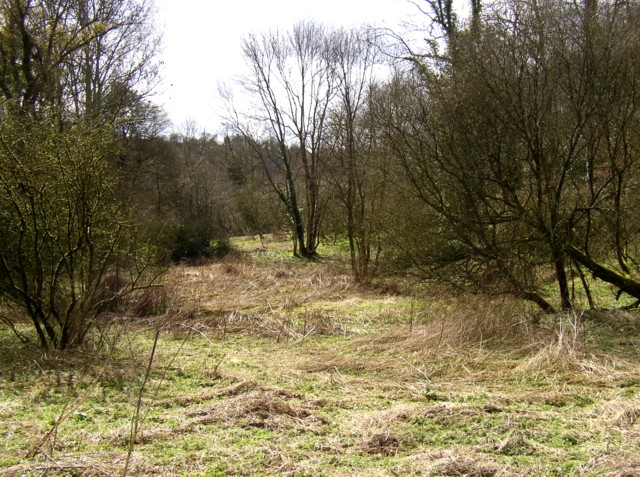Deer Bridge Plantation
Wood, Forest in Surrey Waverley
England
Deer Bridge Plantation
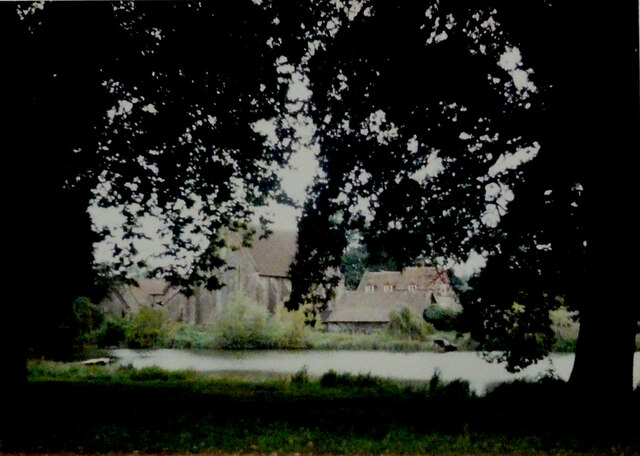
Deer Bridge Plantation is a picturesque woodland located in Surrey, England. Situated in the heart of the county, this sprawling forest covers an area of approximately 500 acres. The plantation is known for its abundant wildlife, serene atmosphere, and diverse array of tree species.
Upon entering Deer Bridge Plantation, visitors are immediately immersed in a tranquil and natural setting. Tall, majestic oak and beech trees dominate the landscape, providing a lush canopy that shelters a variety of flora and fauna. The undergrowth is teeming with vibrant wildflowers, ferns, and mosses, creating a vibrant tapestry of colors and textures.
The plantation is named after the historic Deer Bridge that spans a meandering stream, which runs through the heart of the forest. The bridge, believed to date back to the 18th century, adds a touch of charm and character to the landscape.
Nature enthusiasts and hikers are drawn to Deer Bridge Plantation for its extensive network of trails, offering opportunities for exploration and wildlife spotting. The forest is home to a diverse range of animal species, including deer, foxes, rabbits, and a variety of bird species. Birdwatchers can often catch glimpses of owls, woodpeckers, and buzzards amongst the treetops.
Deer Bridge Plantation is not only a haven for nature lovers but also serves as an important conservation area. The woodland is managed by the local authorities, who ensure the preservation of its natural beauty and biodiversity. The plantation also offers educational programs and guided tours, allowing visitors to learn about the local ecosystem and the importance of sustainable forest management.
Overall, Deer Bridge Plantation in Surrey is a captivating woodland destination, offering a tranquil escape from the hustle and bustle of everyday life while promoting the preservation of nature and wildlife.
If you have any feedback on the listing, please let us know in the comments section below.
Deer Bridge Plantation Images
Images are sourced within 2km of 51.183743/-0.67404812 or Grid Reference SU9243. Thanks to Geograph Open Source API. All images are credited.



Deer Bridge Plantation is located at Grid Ref: SU9243 (Lat: 51.183743, Lng: -0.67404812)
Administrative County: Surrey
District: Waverley
Police Authority: Surrey
What 3 Words
///flamed.deploying.bearable. Near Milford, Surrey
Nearby Locations
Related Wikis
Oxenford Farm
Oxenford Farm is a former abbey farm, a dependency of Waverley Abbey in the civil parish of Witley, Surrey, England, with several listed buildings around...
Peper Harow
Peper Harow is a rural village and civil parish in southwest Surrey close to the town of Godalming. It was a noted early cricket venue. Its easternmost...
Elstead Group of Commons
Elstead Group of Commons is a 180-hectare (440-acre) nature reserve east of Elstead in Surrey. It is composed of Royal, Elstead and Ockley Commons, which...
Elstead
Elstead is a civil parish in Surrey, England with shops, houses and cottages spanning the north and south sides of the River Wey; development is concentrated...
Rodborough Common, Surrey
Rodborough Common is a 62.2-hectare (154-acre) Local Nature Reserve west of Milford in Surrey. It is owned by Surrey County Council and managed by Surrey...
Shackleford
Shackleford is a village and civil parish in the Borough of Guildford, Surrey, England centred to the west of the A3 between Guildford and Petersfield...
Milford, Surrey
Milford is a village in the civil parish of Witley south west of Godalming in Surrey, England that was a small village in the early medieval period — it...
Charterhouse to Eashing
Charterhouse to Eashing is a 68.4-hectare (169-acre) biological Site of Special Scientific Interest west of Godalming in Surrey.This is a steep valley...
Nearby Amenities
Located within 500m of 51.183743,-0.67404812Have you been to Deer Bridge Plantation?
Leave your review of Deer Bridge Plantation below (or comments, questions and feedback).
